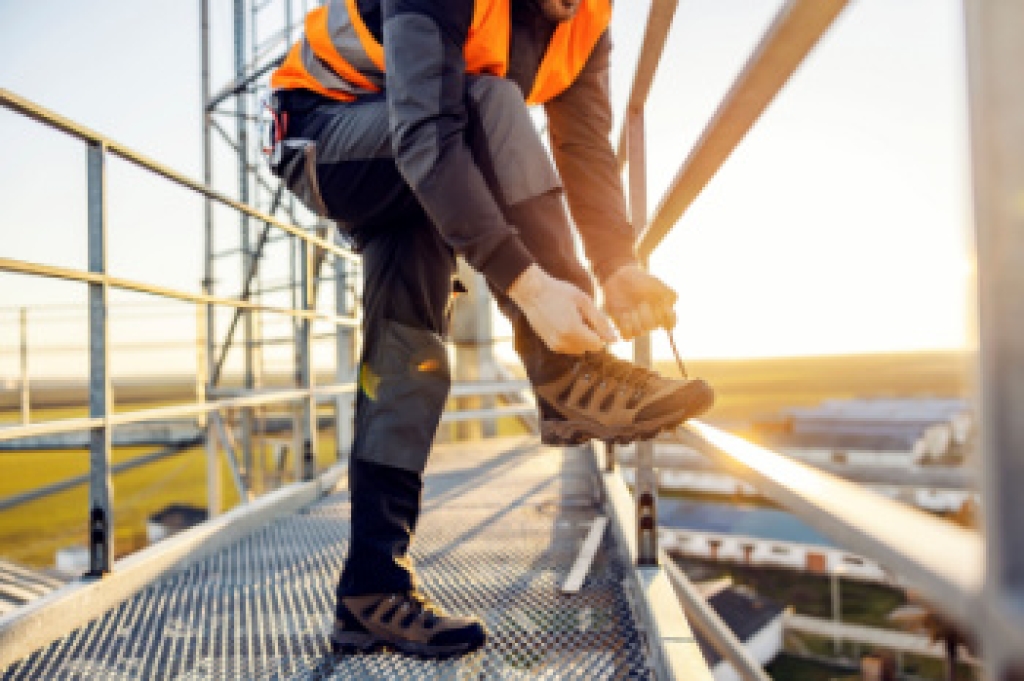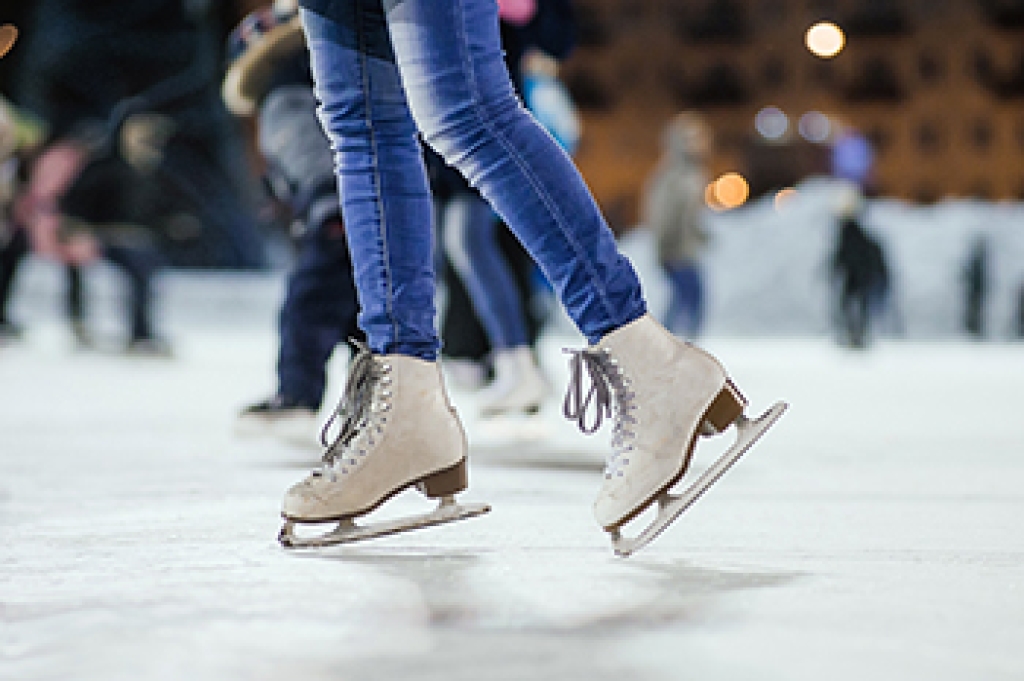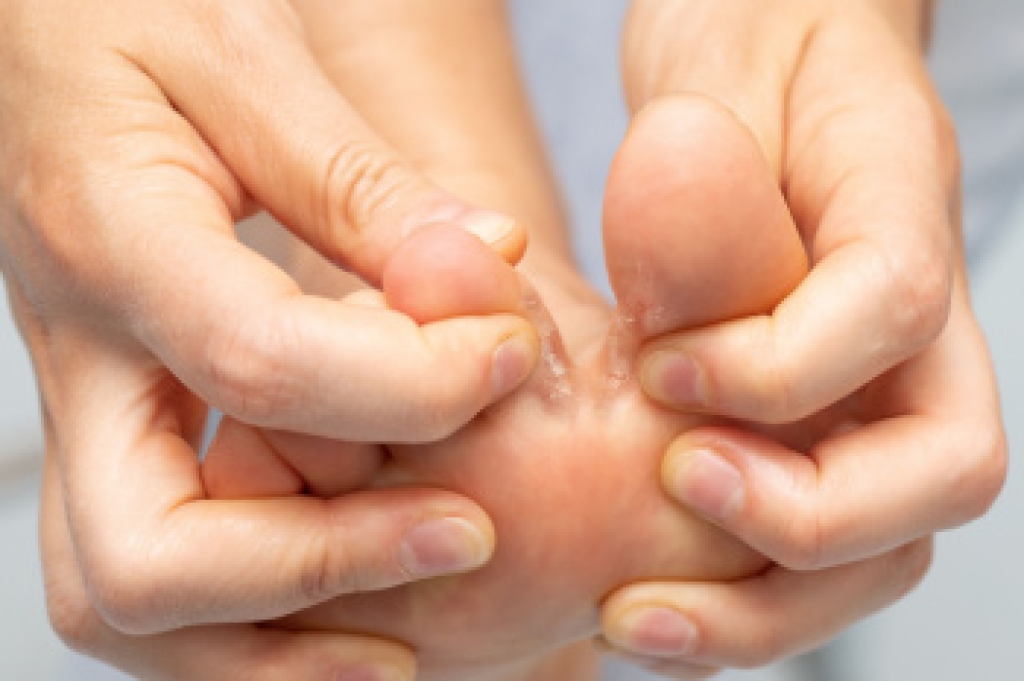
Choosing the right footwear is essential for construction workers who spend long hours on demanding surfaces. Safety toe shoes offer strong protection from falling objects, while metatarsal guard shoes add an extra layer that shields the top of the foot from heavy impact. Waterproof shoes help keep feet dry in wet environments and slip resistant shoes provide better traction on slick or uneven ground. Additionally, high cut shoes support the ankles and reduce the risk of sprains on unstable job sites. A podiatrist can guide workers in selecting footwear that fits properly, prevents pain, and supports long term foot health. If you have sustained a foot or ankle injury, it is suggested that you consult a podiatrist for expert advice and personalized care.
While working on the feet, it is important to take the proper care of them. For more information about working on your feet, contact one of our podiatrists from New York, NY. Our doctors will treat your foot and ankle needs.
Working on Your Feet
Standing on your feet for long periods of time can cause stress and pain in your feet. Your whole body may experience change in terms of posture, back pain, bunions, callouses and or plantar warts. There are ways to avoid these conditions with proper foot care, smart choices and correct posture.
Positive Changes
Negative heeled shoe – Choosing this shoe type places the heel slightly lower than the ball of the foot. These are great for overall foot health. Find shoes that fit you correctly.
Go barefoot – Our feet were not designed to be enclosed for all hours of the day. Try to periodically expose your feet to air.
Eliminate Pain
Foot Exercises – Performing simple exercises, incorporating yoga and doing stretches are beneficial. This will allow increased blood flow to the area and muscles of the foot.
Achilles tendon – Stretching the foot out flat on the floor will relax the calf muscles and tendon. These exercises can be performed almost anywhere. Make sure you add these exercises to your daily regimen.
With a little bit of this information and knowing more about foot health, you will notice changes. Foot stretches and proper footwear will help with pain and prevent further issues.
If you have any questions please contact our office located in New York, NY . We offer the newest diagnostic and treatment technologies for all your foot and ankle needs.





